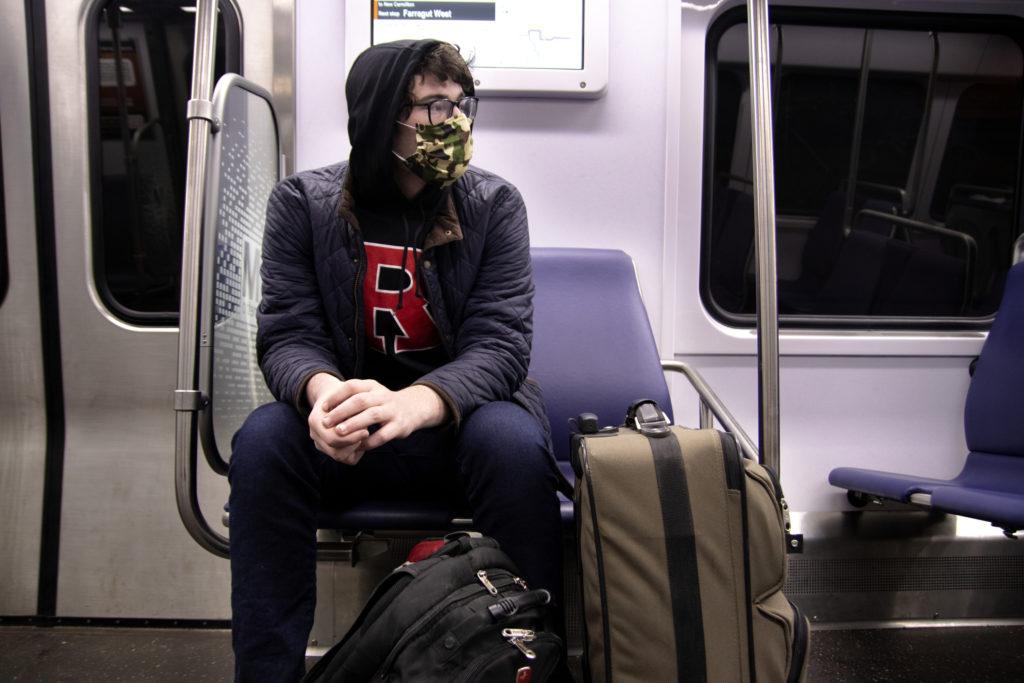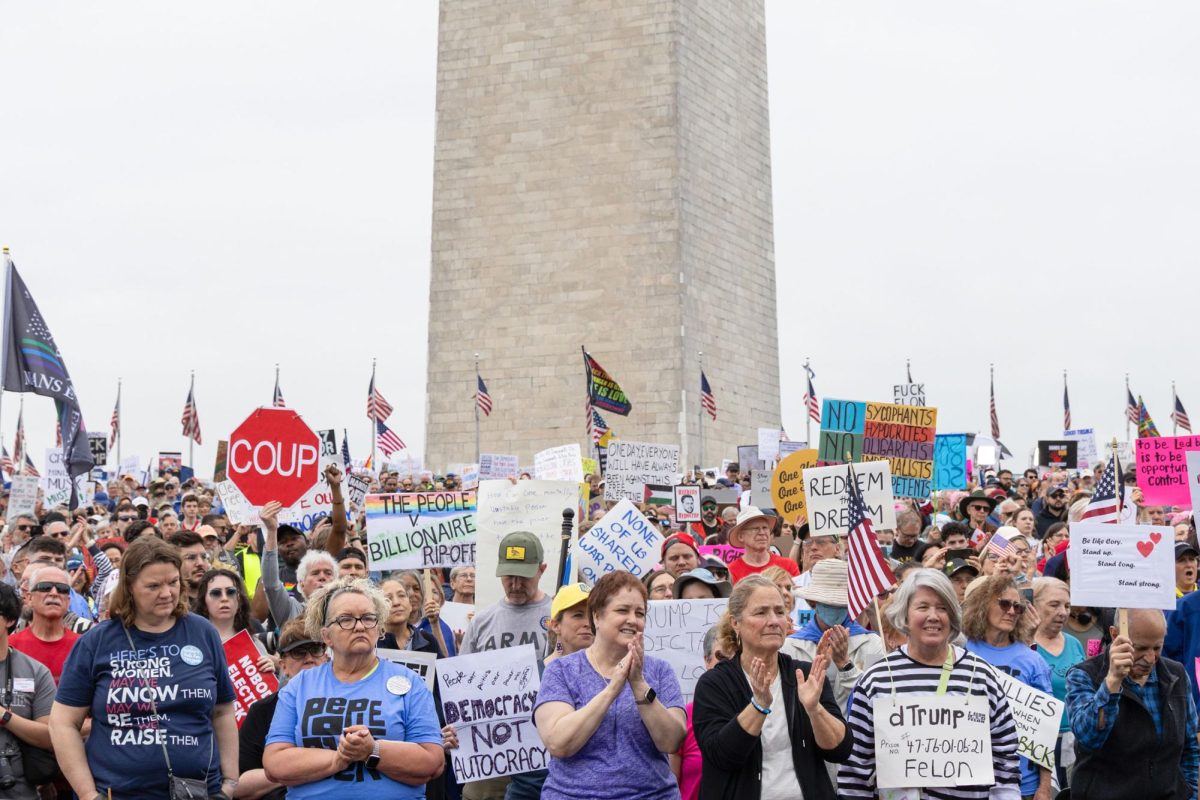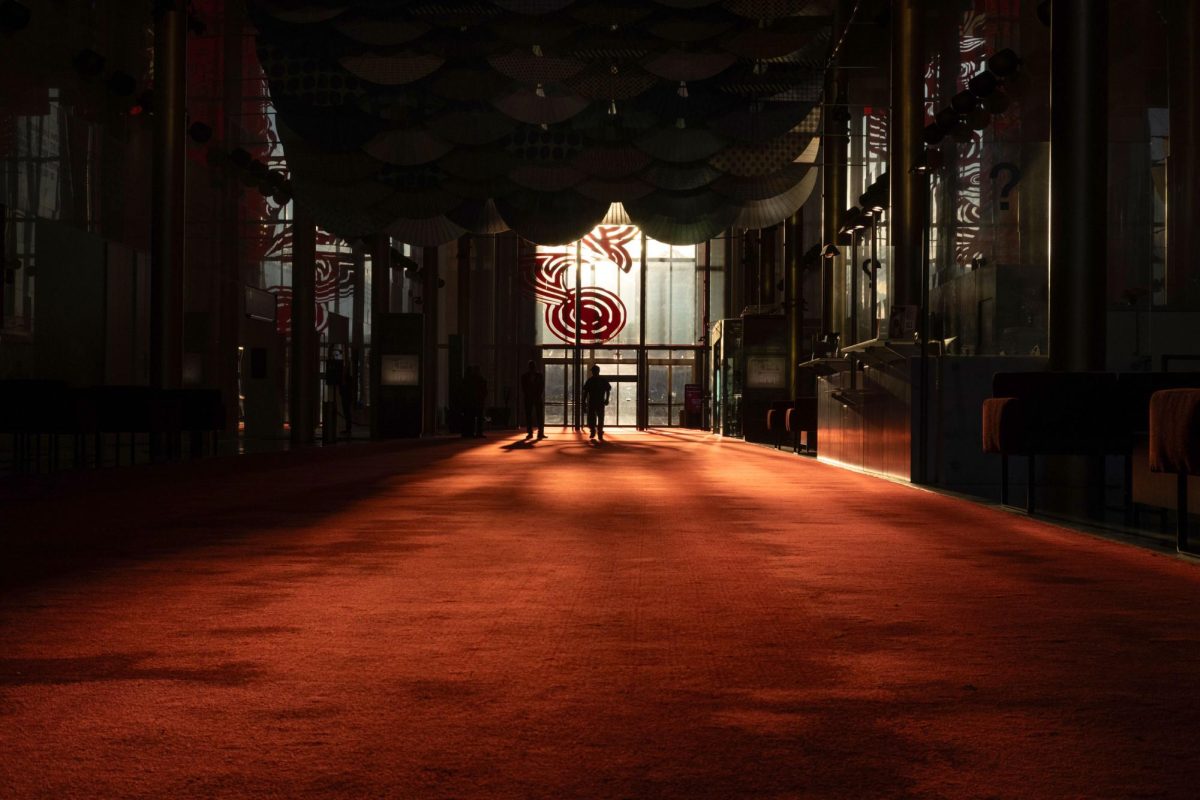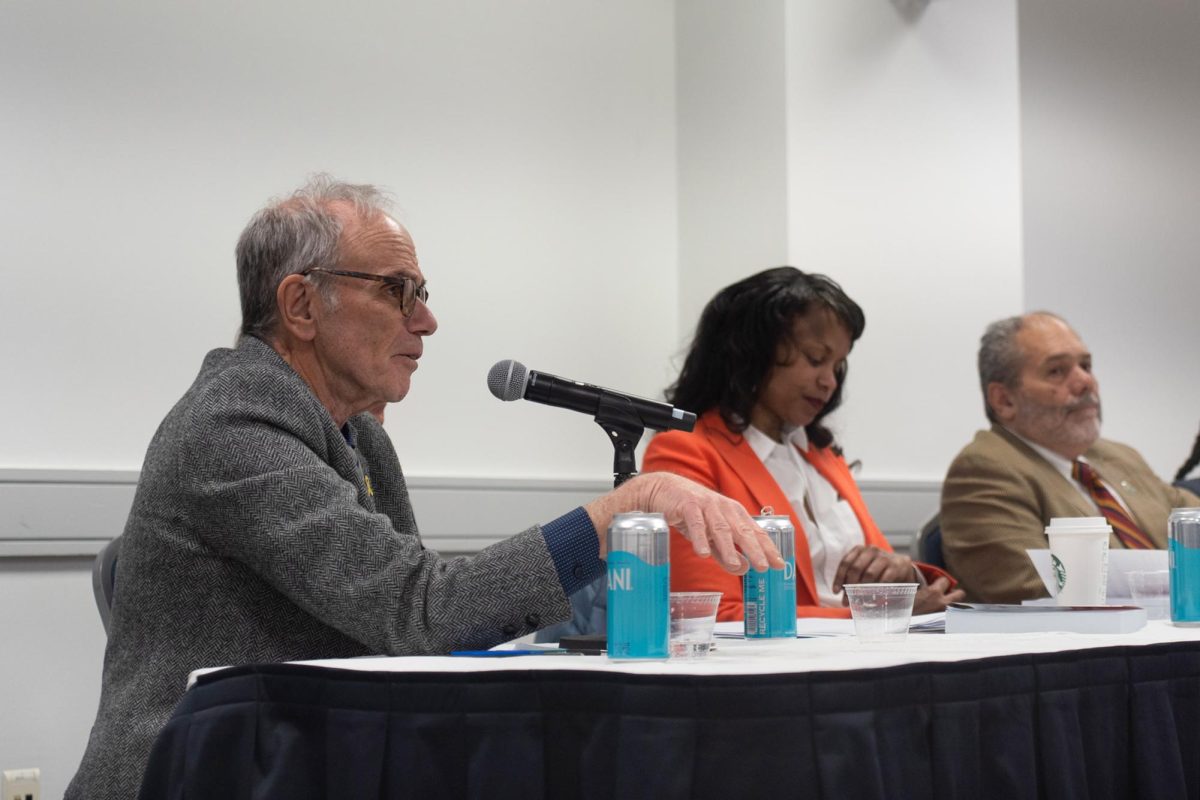About half of the on-campus cohort of students traveled out of the DMV during spring break, officials said.
University spokesperson Crystal Nosal said about half of the students living on campus reported travel plans outside of D.C., Maryland or Virginia during the break through a travel notification form, available online until the start of the week off. More than half a dozen students living on campus said they traveled outside of Foggy Bottom to reunite with family members and to take a break from their living environment in residence halls, consumed by online learning throughout the semester.
The University requires on-campus students traveling outside of the DMV to quarantine upon their return to campus until they receive two negative tests and clearance from the Campus COVID Support Team.
“While the District of Columbia guidance states that an individual must quarantine after traveling to a high-risk state, University policy states that any student who travels outside of the local D.C., Maryland or Virginia area must quarantine upon return from campus,” Nosal said in an email.
Nosal declined to say the exact number of students who left the DMV during break, but half of the current on-campus cohort would be about 750 students. She declined to say how many students tested positive for the coronavirus after returning and deferred to the general COVID-19 tracking dashboard.
The University’s testing centers recorded about 40 positive cases throughout the week following break, 12 of which on the first day back.
Chidera Ejeh, a freshman living in Potomac House, drove home to Fayetteville, North Carolina, to visit her family for spring break instead of flying because of health risks tied to traveling during the pandemic. She initially planned to stay on campus for the week but changed her plans after realizing more students went on vacations to destinations like Miami, leaving her residence hall with fewer students to see during the week.
Visitors from across the country piled into South Beach during the spring break, turning Miami into a scene packed with maskless crowds and stirring concerns about the virus’s spread.
“People just wanted to go somewhere else, and a lot of them seem to go to Florida, Miami, which was definitely not a good idea,” Ejeh said. “They just wanted a vacation, but I don’t think it was the right choice. But it seemed like the people that stayed here either lived close by or they were international students and they couldn’t really go anywhere else.”
Ejeh said she spent most of her time at home during the break, eating, catching up on sleep and reuniting with family members.
“I wasn’t able to hang out with my other friends who are from my hometown because of the pandemic,” she said. “So I spent most of my time at home with family.”
Ejeh said she signed the travel notification form from the University, which asked her how long she was going to stay off campus and the dates of her departure and return. She also had to report her symptoms on a daily basis while living away from campus, the same protocol for on-campus living.
She said she entered quarantine after returning to campus toward the end of break and needed to wait three to four days to receive two negative COVID-19 tests before leaving isolation last week with no virus-related symptoms.
Freshman Eli McCullick, a criminal justice major, traveled by plane to his hometown of Boulder, Colorado, where he visited his family and friends. He said he missed his home and visiting the area helped improve his “mindset” away from campus.
“I was missing home,” McCullick said. “Online school got me a bit down to say the least, so it was nice to go home, see the dogs and maybe my family too. I have some buddies that are home in Boulder as well, so it was good to see my old friends.”
McCullick said he started quarantine after returning to campus last week without any COVID-19 symptoms and wasn’t aware of anyone he came in contact with testing positive for the virus during his travels.
Joshika Kumaran, a freshman majoring in international affairs, said she drove to New Jersey and New York during the break and gathered with four family members, including a brother traveling from California, after they each got tested a week in advance. Kumaran said she decided to return home because she missed seeing her family, and she tested negative for the coronavirus with no symptoms after returning from her trip.
“I haven’t seen my family in a long time and my older brother also lives in California, so he left time off,” she said. “So we all wanted to meet for a couple of days.”
Kumaran said her activities in New York City weren’t “totally” coronavirus-safe, where some establishments situated tables closer than six feet apart and allowed walk-in seating while others required reservations and regulated capacity.
“Some establishments were handling the pandemic better than others,” she said. “It was a different New York City to visit after the pandemic had started.”







